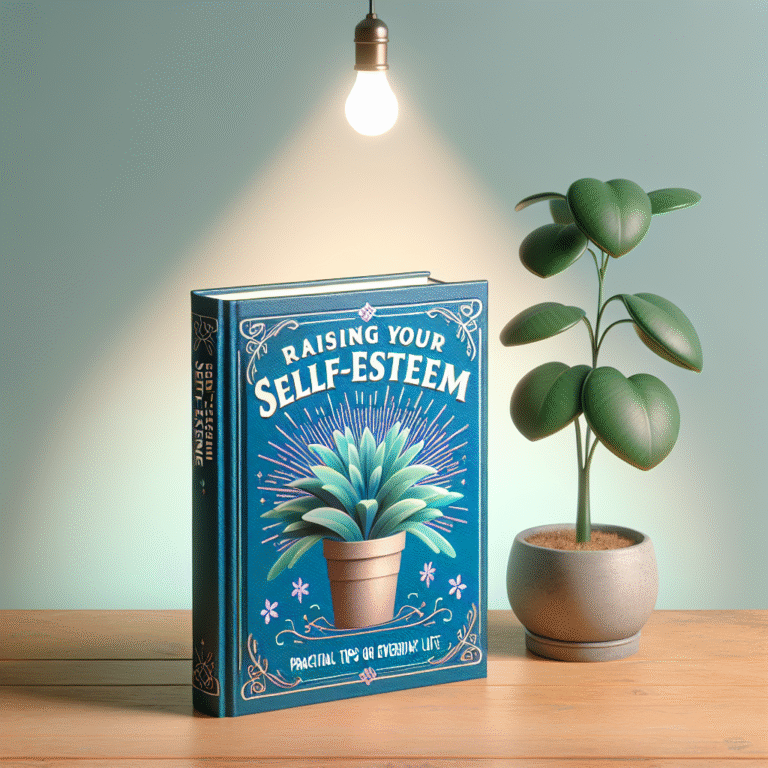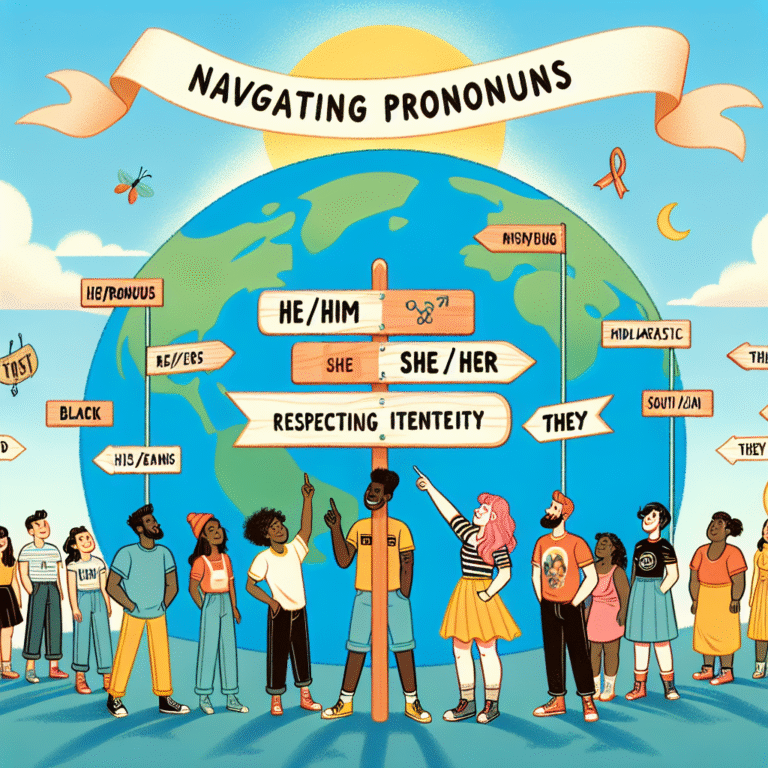
Introduction
In today’s fast-paced, hyper-connected world, the ability to navigate social dynamics and strengthen peer bonds is more crucial than ever. Whether you’re entering a new workspace, diving into a different social scene, or seeking to deepen existing relationships, understanding the nuances of interpersonal connections can significantly enhance your life and overall well-being. Imagine harnessing the power to build lasting friendships, fostering collaboration, and creating a supportive network of peers—all of which contribute to personal and professional growth. The journey of navigating social dynamics isn’t just about making connections; it’s about building meaningful, durable bonds that enrich our lives.
In this article, we’ll explore essential strategies and tips for navigating social dynamics and strengthening peer bonds. By the end, you’ll be equipped with actionable insights that can transform your interactions and cultivate a network that thrives on mutual support and understanding.
Understanding Social Dynamics
What Are Social Dynamics?
At its core, social dynamics refers to the behavior of groups of people—how they interact, engage, and relate to each other. It’s the invisible thread that weaves our social fabric. Factors such as cultural background, personality traits, and situational contexts all play a role in influencing social dynamics.
Key Elements of Social Dynamics
-
Roles: Each individual in a group may assume different roles based on their personality and the group’s need, such as the leader, the mediator, or the supporter.
-
Influence: Social power impacts how individuals sway each other’s opinions and behaviors. Negotiating social influence can enhance bond strength.
-
Communication Styles: Various styles, whether verbal or non-verbal, dictate how we interact with one another.
- Group Cohesion: The degree to which group members stick together can significantly influence the overall dynamics.
Understanding these elements forms the foundation for exploring effective strategies for navigating social dynamics and strengthening peer bonds.
Strategies for Strengthening Peer Bonds
1. Foster Open Communication
Open communication forms the backbone of strong relationships. When peers feel comfortable sharing their thoughts and feelings, trust flourishes. Here’s how you can promote open communication:
-
Practice Active Listening: Show genuine interest in what your peers say. Nod, use affirming words, and ask follow-up questions to demonstrate that you’re engaged.
- Be Vulnerable: Share your own thoughts and feelings honestly. Vulnerability breeds trust and encourages others to reciprocate.
Case Study: The Power of Vulnerability in Team Dynamics
In a tech startup, team members were hesitant to voice opinions during meetings. The manager decided to share her struggles with project management first. This openness encouraged others to share their challenges, fostering a culture of vulnerability and ultimately improving communication and collaboration across the team.
2. Participate in Group Activities
Participating in group activities allows for organic bonding experiences. Whether through team sports, volunteering, or casual get-togethers, shared experiences create lasting memories.
-
Organize Group Outings: Suggest fun activities that allow everyone to unwind and connect outside of formal settings.
- Engage in Team Projects: This can reveal different personality traits and create common goals that bond peers together.
Table: Benefits of Group Activities
| Activity Type | Benefits |
|---|---|
| Sports | Builds teamwork, improves morale |
| Volunteering | Strengthens community ties |
| Creative Workshops | Sparks innovation and collaboration |
3. Show Appreciation
A simple "thank you" can go a long way. Acknowledging efforts fosters goodwill and strengthens peer bonds.
-
Give Compliments: Be authentic and specific in your compliments to uplift your peers.
- Recognize Achievements: Celebrate milestones within the group to build a culture of appreciation.
Case Study: The Impact of Recognition
A marketing firm implemented an "Employee of the Month" program, encouraging peers to nominate each other based on contributions to team success. This initiative not only strengthened peer relationships but also boosted overall morale and productivity.
4. Conflict Resolution Skills
Navigating conflict efficiently is fundamental for maintaining strong peer bonds. When disagreements arise, address them promptly to prevent resentment from building.
-
Stay Calm: Approach conflicts with a level head, focusing on resolution rather than assigning blame.
- Seek Common Ground: Emphasize shared goals and values to facilitate compromises.
Example Scenario: A Mediation Approach
When a conflict surfaces between two team members regarding project contributions, a facilitated discussion focusing on mutual objectives leads to successful collaboration, regaining harmony in the group.
5. Cultivating Empathy
Empathy is the cornerstone of strong peer bonds. When you can put yourself in someone else’s shoes, you develop deeper connections and create a supportive environment.
-
Engage in Perspective-Taking: Make an effort to understand where your peers are coming from, even in difficult situations.
- Practice Kindness: Small acts of kindness can have a ripple effect, leading to enhanced relationships.
Analysis: Empathy in Action
In a community volunteer group, members actively practiced empathy by rotating leadership roles. This encouraged individuals to appreciate the challenges of leadership, fostering deeper connections among peers.
Conclusion
Navigating social dynamics and strengthening peer bonds is a continually evolving process that requires intentionality, patience, and commitment. By employing effective strategies—open communication, participation in group activities, showing appreciation, conflict resolution, and cultivating empathy—you can unlock the power of meaningful relationships.
Remember, the essence of strong peer bonds lies not only in building connections but also in maintaining them, fostering a supportive network that can uplift you through life’s challenges. Take these actionable insights and make the conscious effort to apply them in your daily interactions—it’s time to enhance those vital connections!
FAQs
1. How can I improve my communication with peers?
Focus on active listening, empathy, and vulnerability. Engage in conversations that promote openness and trust.
2. What if I feel awkward in group settings?
Start small by participating in one-on-one conversations. Gradually extend your comfort zone. Practice can significantly reduce feelings of awkwardness.
3. How do I address conflicts without hurting relationships?
Utilize conflict resolution skills, addressing issues calmly, seeking common ground, and promoting open dialogue.
4. Why are group activities effective for bonding?
Shared experiences enhance collaboration, create unforgettable memories, and foster a sense of community among peers.
5. How does appreciation impact peer relationships?
Recognizing efforts and celebrating achievements build goodwill and promote a positive atmosphere, strengthening peer bonds.
By implementing these tips, you’ll find yourself not only navigating social dynamics with more ease but also strengthening your peer bonds in meaningful ways. Dive into the journey of connection, and watch how your relationships blossom!


















